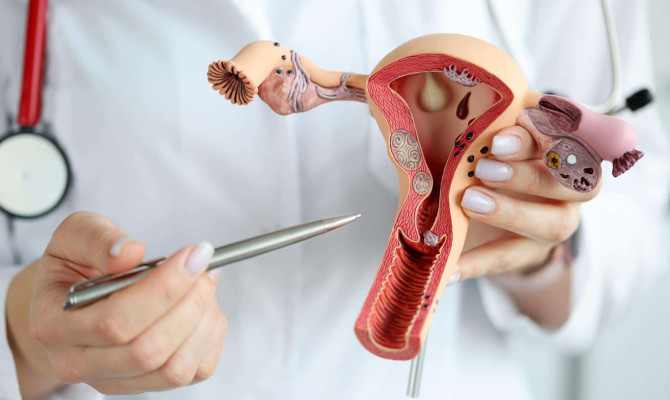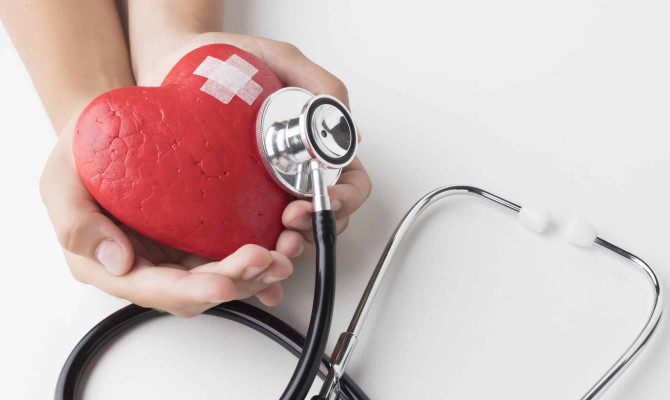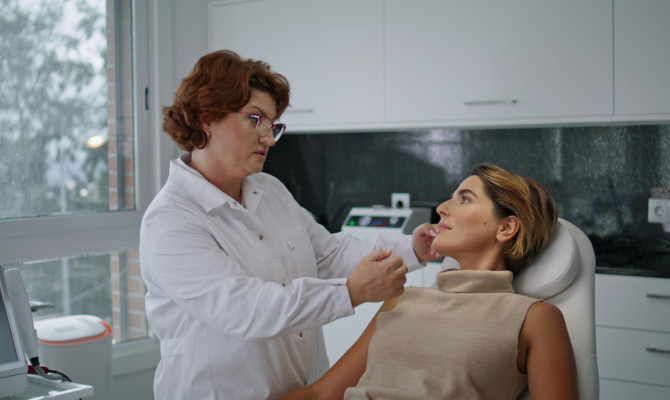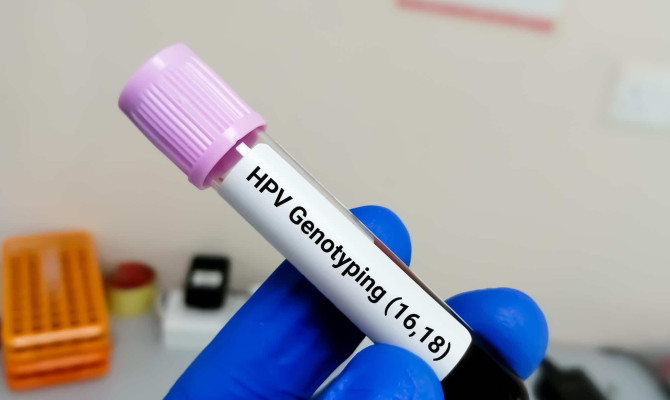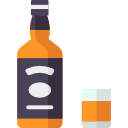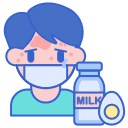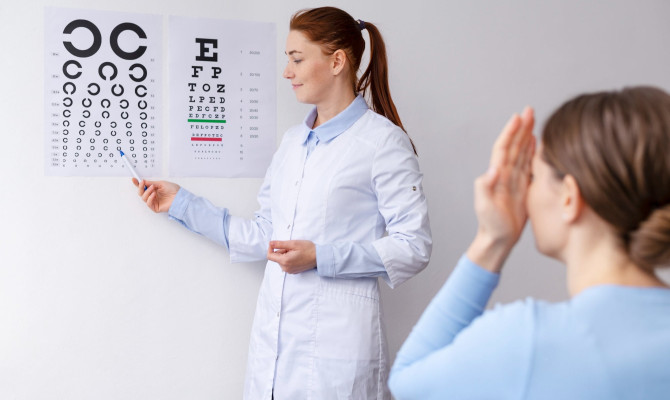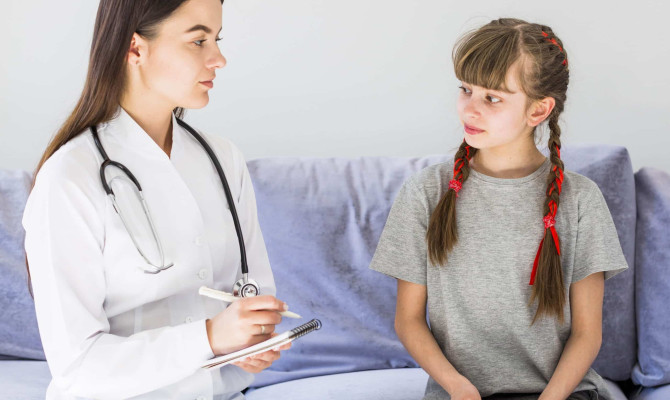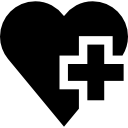Common cold : Reasons and Management

- Common Cold
- 14 Aug 2023
Overview
Overview
An upper respiratory viral infection known as a cold affects the throat and nose. The common cold is the most widespread infection and hence the name, common cold.
Healthy adults typically get two to three colds a year, compared to young children who may have more than that. It can be brought on by any of the two hundred viruses and spread quickly from one person to another or from any contaminated surface to another person.
The most widespread cold virus is the rhinovirus. 1Overview | Researched based study from nih.gov They are usually harmless. The average person recovers from a regular cold within seven to ten days. See a healthcare professional if a person does not feel better after 10 days.

Causes
Causes and Risk factors
Anyone can develop a cold. The followings are some frequent causes and risk factors:
Direct transmission
- These viruses spread rapidly via droplets in the air that a sick person coughs or sneezes into the atmosphere and another individual inhales it. 3Causes of Common cold | Researched based study from nih.gov
- It can also be transmitted when a sick person comes in direct contact with another person or through a contaminated object on touch, such as a doorknob.
Seasonal factor
- Even though colds can occur at any point of the year, they tend to happen more often in the winter and fall or when it rains.
- When it’s cold and wet, we stay inside more, which raises the likelihood that the virus will spread inside the rooms quickly.
- Because of less humidity, the nasal passages also grow drier and more susceptible to infection.
Age
- Everyone at any age can get a cold, however, little children and infants are most prone to acquiring colds, because of their underdeveloped immunity and more exposure at the daycare or school.
Immunity
- The risk of contracting the cold virus may increase if a person suffers from a long-term illness or has recently been ill.
Exposure
- Rhinoviruses are more likely to be present when there are lots of people around, like on a flight or at a concert.
- The cold-causing viruses are extremely infectious and rapidly spread by shaking hands with an infected individual or touching a contaminated door handle before touching the eyes, mouth, or nose.
Habits
- Smokers are more prone to catching the cold, and when they do, it usually lasts longer and is more severe.
Sleep
- Insufficient or irregular sleep might compromise the immune system, making a person more vulnerable to cold viruses.
Symptoms
Signs and symptoms
The signs and symptoms of a cold typically begin two to three days after the virus enters the body and linger for a few days to several weeks. 4Signs and Symptoms | Researched based study from nih.gov About day five, symptoms usually reach their peak and start to get better. Possible signs and symptoms are:
- Runny and congested nose
- Tickly, itchy throat
- Mild fever (less than 102°)
- Sneezing
- Coughing
- Watery eyes
- A sore throat
- An irritable voice
- At first, there is a clear, watery nasal discharge.
- Later, nasal discharge turns yellow or green.
- Headache
- Mild exhaustion
- Muscle ache
- Congestion
- Sinus congestion
- Diminished taste or smell
- Postnasal drip in the back of the throat.
- Swelling of the lymph nodes.
- A rise in facial and ear pressure
- Trouble with breathing
- Chills
Prevention
Prevention of Common cold
By attempting to maintain one’s health and the health of those around us, we can do the following:
- Often wash both hands using water and soap.
- Refrain from touching the mouth, nose, or eyes with unclean hands.
- If there are no washing sinks available, use hand sanitizing gels or sprays.
- Keep your distance from people who are contagious by not shaking hands, kissing, or exchanging drinks or utensils.
- Clean surfaces that are regularly touched by people, such as doorknobs.
- Avoid smoking and being around individuals who are smoking.
- Use tissues to contain coughs and sneezes, then properly dispose of them.
- Improve immunity by getting adequate sleep, eating well, and working out frequently.
- Remain at home while unwell to avoid spreading it.
Emergency
When to see a doctor?
Normally, a cold does not need any medical attention. On the other hand, a doctor visit may help in the following conditions.
- If symptoms continue for more than ten days.
- A fever that persists beyond three days and is higher than 101.3°F.
- The recurrence of a fever following a time of no fever.
- If a newborn exhibits cold symptom, such as lethargy or a temperature of at least 100.4°F (38°C).
- If a person is in a high-risk medical group, such as children under the age of five, adults over 65, pregnant women, or those with asthma, diabetes, or heart conditions, should consult a doctor.
- A severe headache, nasal pain, or sore throat.
- Trouble breathing.
- Gasping for breath.
- Appetite issues.
Diagnosis
Diagnosis of Common cold
The symptoms and indicators of the common cold can typically be used to diagnose a person. In addition to doing the following tests, the doctor could interrogate you about your symptoms.
Physical evaluation
The doctor may look for
- Swelling inside the nostrils.
- A congested nose.
- An inflamed, red throat.
- In the neck, swollen lymph nodes.
- wheeze using a stethoscope while breathing
- Any abnormalities in the heartbeat will be monitored.
- A nose swab could be taken if necessary.
Chest x-rays
To rule out additional issues like
- Pneumonia
- Bronchitis
- Tuberculosis, etc.
Management

Managing Common cold
Cold has no cure and antibiotics will not benefit a person who has a cold, as a cold is a viral infection. 2Managing common cold | Researched based study from cdc.gov While the infection itself cannot be treated, the symptoms of the infection can be managed as follows:
Home remedies
The most popular natural remedies for colds may include the following to help control the symptoms and their severity:
- Gargling with salt water helps relieve irritation and coats the throat.
- Drinking enough water or warm liquids not only relieves congestion but also replaces fluids lost.
- Avoid alcohol and coffee as they may cause dehydration.
- Topical ointments help to clear congested airways.
- Obtaining enough sleep enables the body to conserve energy for the eventual elimination of the virus.
- Lozenges, ginger candies, or honey may help soothe the throat.
- Children can choke on hard candies or lozenges, so be careful while giving them to them and avoid giving them to children younger than 6 years.
- Get enough rest by staying at home, if possible, to recover and to prevent its spread to others.
- Modify the room’s temperature so that it remains warm without becoming hot.
- A vaporizer or cool-mist humidifier helps with the dryness of the air and reduces congestion and coughing.
- Nasal saline sprays or drops can help to keep the nasal passages moist and help to release mucus.
- Nasal suction with a bulb syringe 5Managing common cold | Researched based study from fda.gov to remove mucus from each nostril in newborns and younger children, use saline nasal drops, wait a little amount of time, and then suction the area using a bulb syringe.
- Use saltwater nasal irrigation or spray on older kids.
Over-the-counter medications (OTC) may include
- Decongestants – these are the drugs that help improve nasal congestion and stuffiness. Decongestant sprays can be used by adults for up to five days and not more than that. Children younger than 6 years old shouldn’t be given this.
- Vitamin C supplements – They may reduce the severity of symptoms and can help reduce the risk of catching a cold. 6Managing common cold | Researched based study from cochranelibrary.com
- Antihistamines – like diphenhydramine and others help reduce sneezing and relieve runny nose symptoms.
- Pain killers- Ibuprofen, Naproxen, Aspirin are NSAID,s can be used to treat fever, body ache and inflammations.
- Cough suppressants – Drugs like codeine and dextromethorphan might lessen coughing. For kids under the age of five, providers don’t typically advise these.
- Expectorants – Guaifenesin and other expectorants may assist in thinning and liquifying mucus.
If you have a history of any other medical illness, check with a doctor before taking any over-the-counter drugs as they can cause some side effects.
Complications
Complications
The typical cold doesn’t progress to something more serious; most individuals recover quickly. If it progresses, it may have the following complications:
- An acute ear infection – develops when pathogens or viruses enter the cavity beneath the eardrum. Earaches or a fever that returns after a cold are typical signs. 7Complications | Researched based study from cdc.gov
- Asthma – A cold can trigger asthma symptoms even if a person does not have asthma. 7Complications| Researched based study from nih.gov
- Acute sinusitis – A persistent cold in adults and kids can result in sinus infection, facial pain and congestion.
- Other infections – In addition to strep throat, the common cold can also result in bronchitis, and pneumonia in children. A doctor needs to treat these infections.
Takeaway
Key Takeaways
The common cold is mostly harmless, despite the possibility of discomfort. Symptoms like congestion, a runny or stuffy nose, a cough, and a loss of taste or smell can make for a terrible few days. However, most people will begin to feel better though, after 7 to 10 days. Symptoms can be managed with medications. Getting enough rest, drinking lots of water, and avoiding social situations will help you recover more quickly. An upper respiratory illness or an infection like the flu can occasionally be mistaken for a cold. Make an appointment with a doctor if your problems feel worse or don’t improve after a week.
Any feedback on this article?
 This Articles content was accurate
This Articles content was accurate Very Informative Article
Very Informative Article I have a question or a comment
I have a question or a comment
 This article contains inaccurate content
This article contains inaccurate content This article was not helpful
This article was not helpful I have a question or a comment
I have a question or a comment
We appreciate your helpful feedback!
Checkout our social pages
References
-
National Institutes of Health
The Common Cold | Overview
-
Centers for Disease Control and Prevention
Common Colds: Protect Yourself and Others | Management
-
National Institutes of Health
The spread of influenza and other respiratory viruses: complexities and conjectures | Causes
-
National Institutes of Health
The Common Cold | Signs and Symptoms
-
Food and Drug Administration
Should You Give Kids Medicine for Coughs and Colds? | Management
-
Cochrane Library
Vitamin C for preventing and treating the common cold | Management
-
National Institutes of Health
Wheezing Rhinovirus Illnesses in Early Life Predict Asthma Development in High-Risk Children













